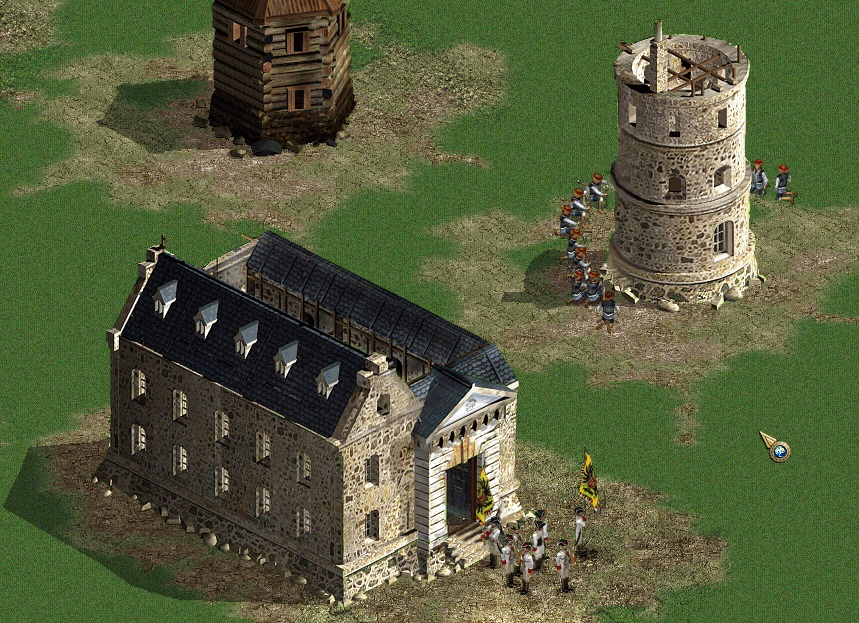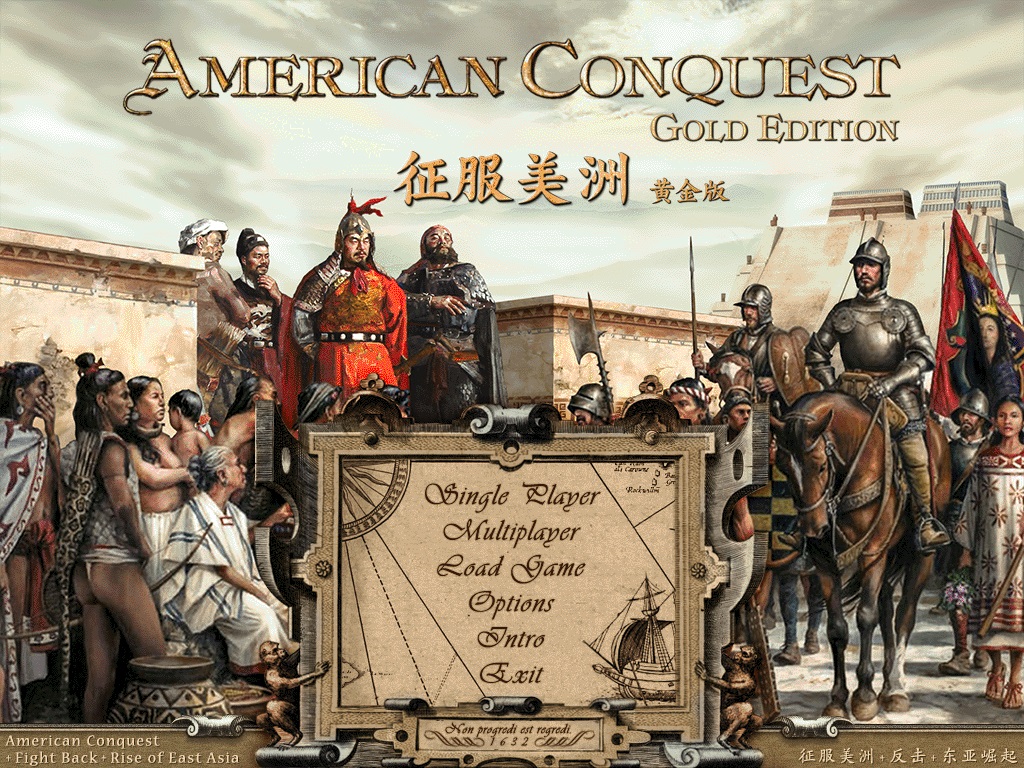

It took Cortés two years, but he finally conquered the Aztec capital in August 1521.

Though vastly outnumbered, he and a small force marched on Tenochtitlan, where Montezuma received them with honor. Jan Karel Donatus Van Beecqĭiscovering widespread resentment toward the capital city and its ruler, Cortés formed alliances with many locals. When his small fleet landed, he ordered his ships scuttled, eliminating any possibility of retreat and conveying the depth of his resolve.Ī 17th-century copper plate of Tenochtitlan. Conquest of the Aztec empireĪfter helping conquer Cuba for the Spanish, Cortés was commissioned to lead an expedition to the mainland. Spanish weaponry and tactics played a role, but most of the destruction was wrought by epidemics of European diseases. Within just two years, Aztec ruler Montezuma was dead, the capital city of Tenochtitlan was captured and Cortés had claimed the Aztec empire for Spain.

And some widespread infectious dieseases have profoundly changed the course of human history.įive hundred years ago, in February of 1519, the Spaniard Hernán Cortés set sail from Cuba to explore and colonize Aztec civilization in the Mexican interior. The Democratic Republic of Congo is fighting a deadly outbreak of Ebola that has killed hundreds.Įpidemics are nothing new, of course. have drawn attention to the dangers of measles.


 0 kommentar(er)
0 kommentar(er)
